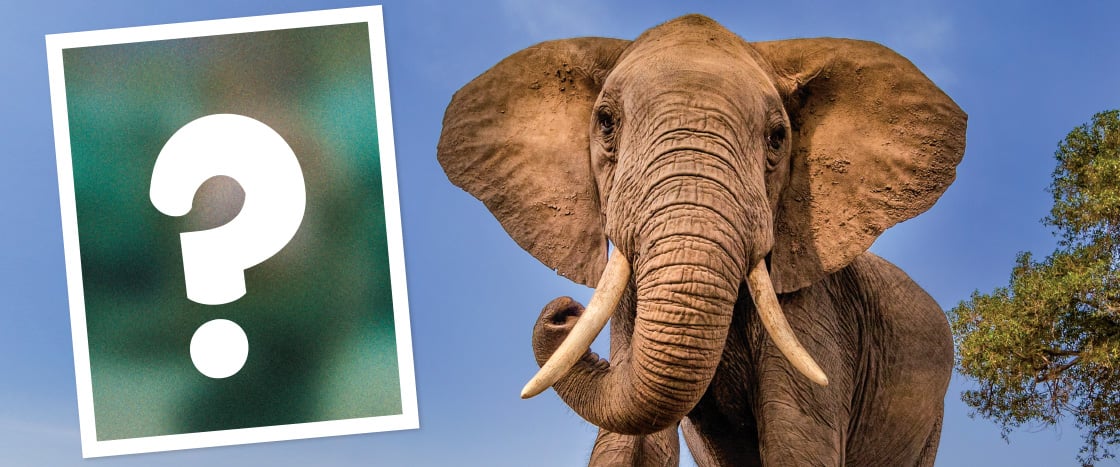Manoj Shah/Getty Images
Check out that elephant! What animal might be its relative? Something big and gray, like a rhino? Something with long tusks, like a walrus? How about an animal with big feet, like a hippo?
Each of these animals has features in common with elephants. But none of them are actually an elephant’s close relative. It took scientists decades of detective work to identify one of elephants’ closest cousins. Its identity will likely surprise you!
Check out that elephant! What animal might be its relative? Something big and gray? Maybe a rhino? Something with long tusks? Like a walrus? How about an animal with big feet? For example, a hippo?
These animals all have things in common with elephants. But none of them are actually an elephant’s close relative. It took scientists years of detective work. But they finally found one of elephants’ closest cousins. It will likely surprise you!

